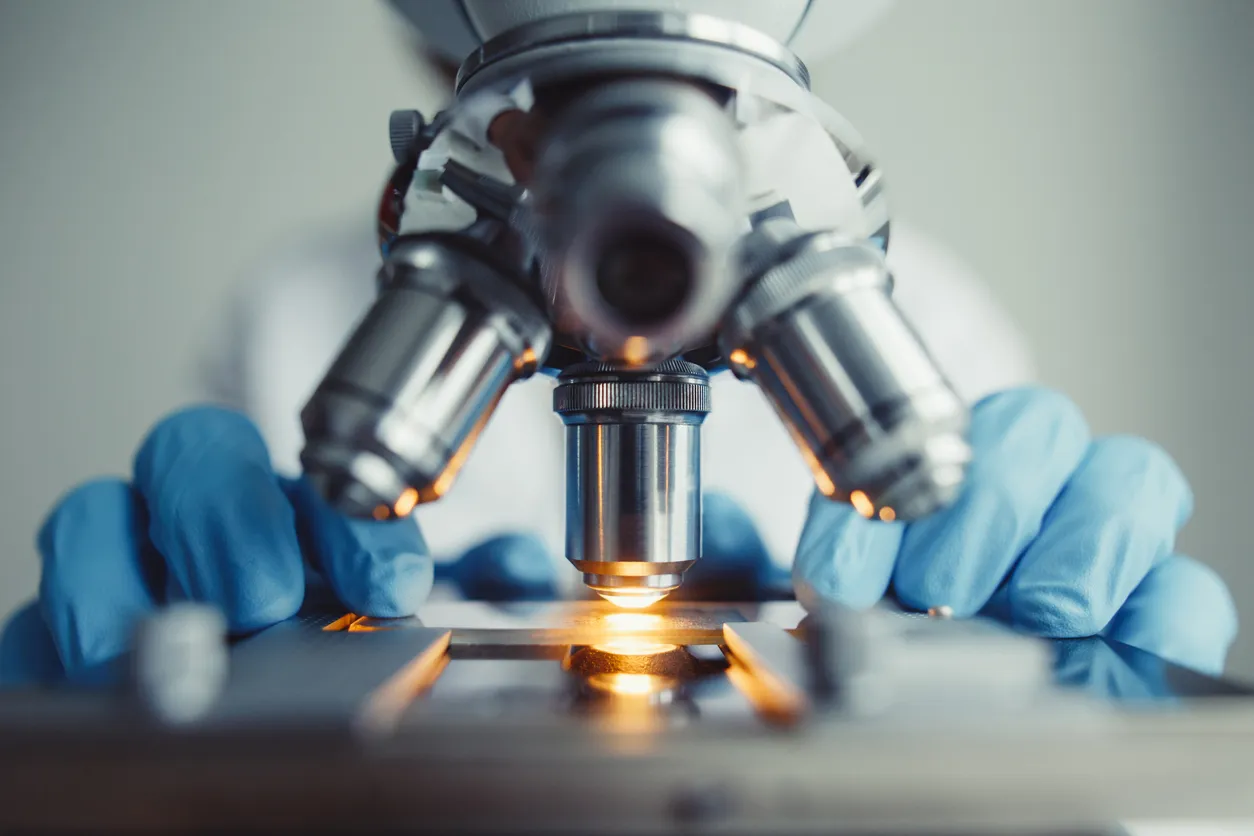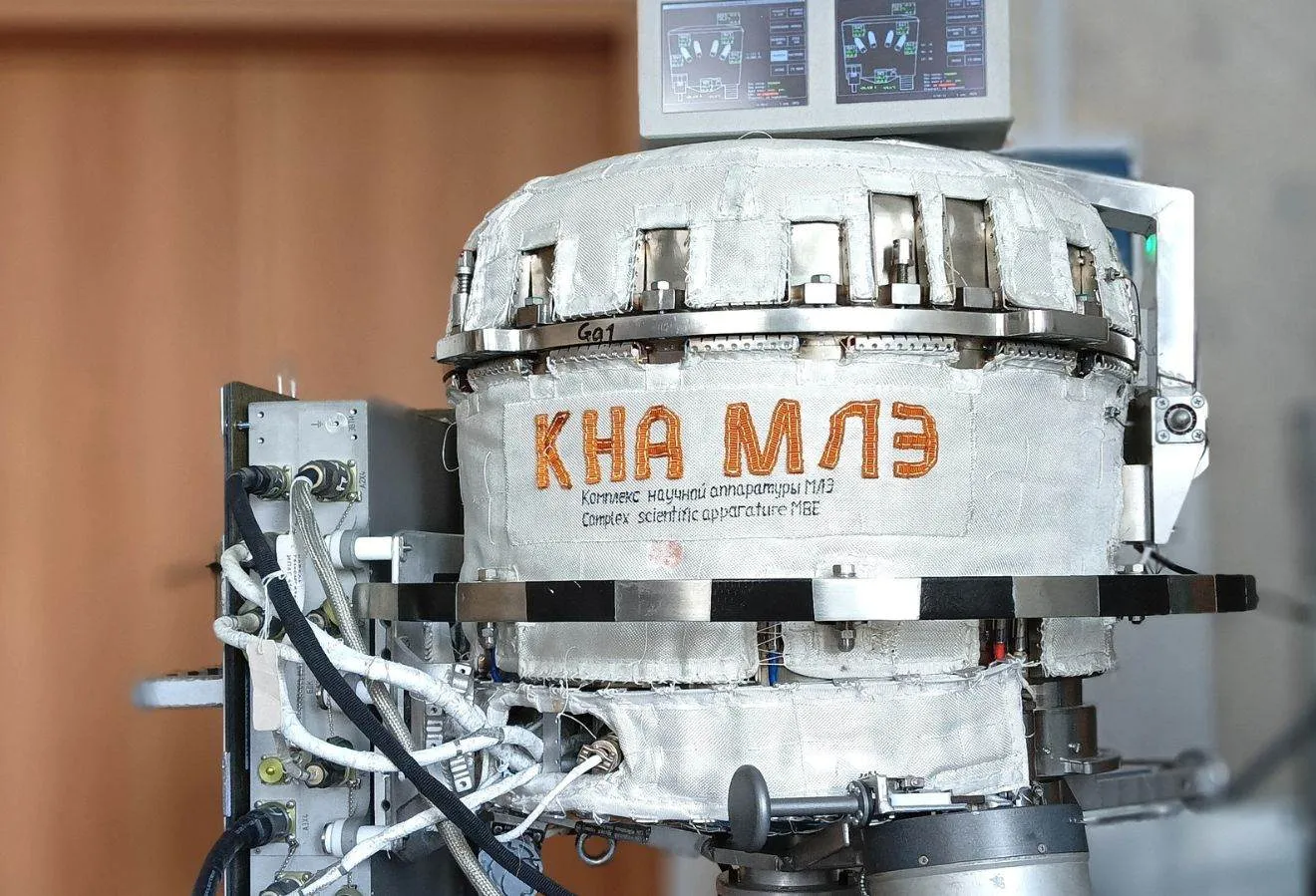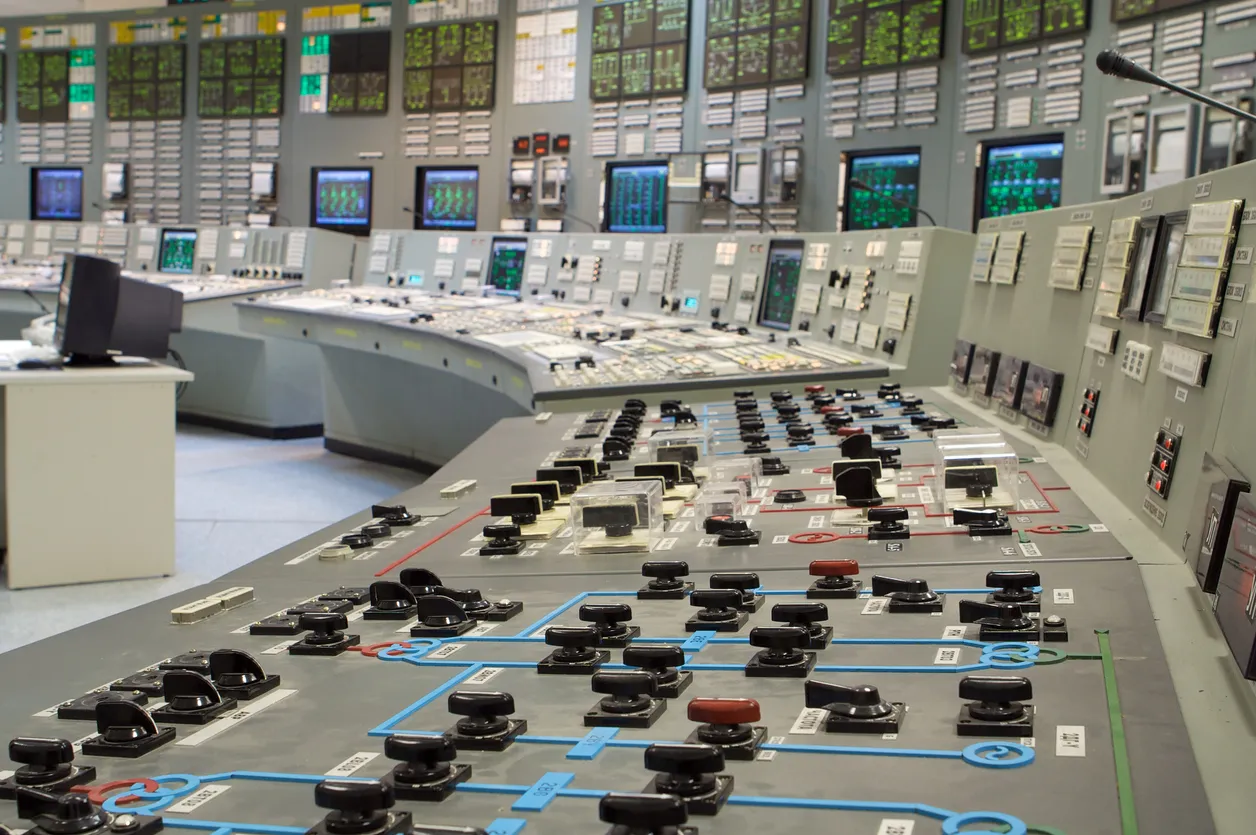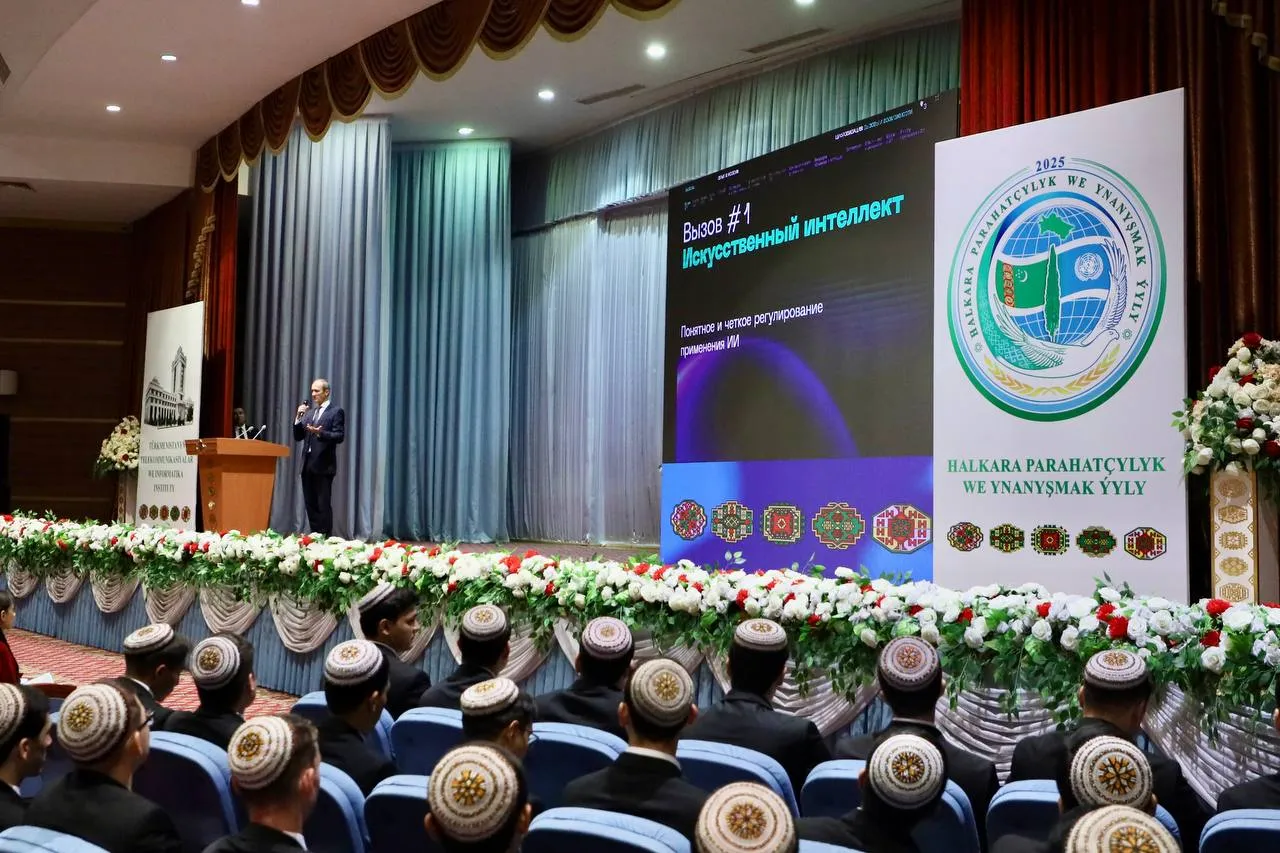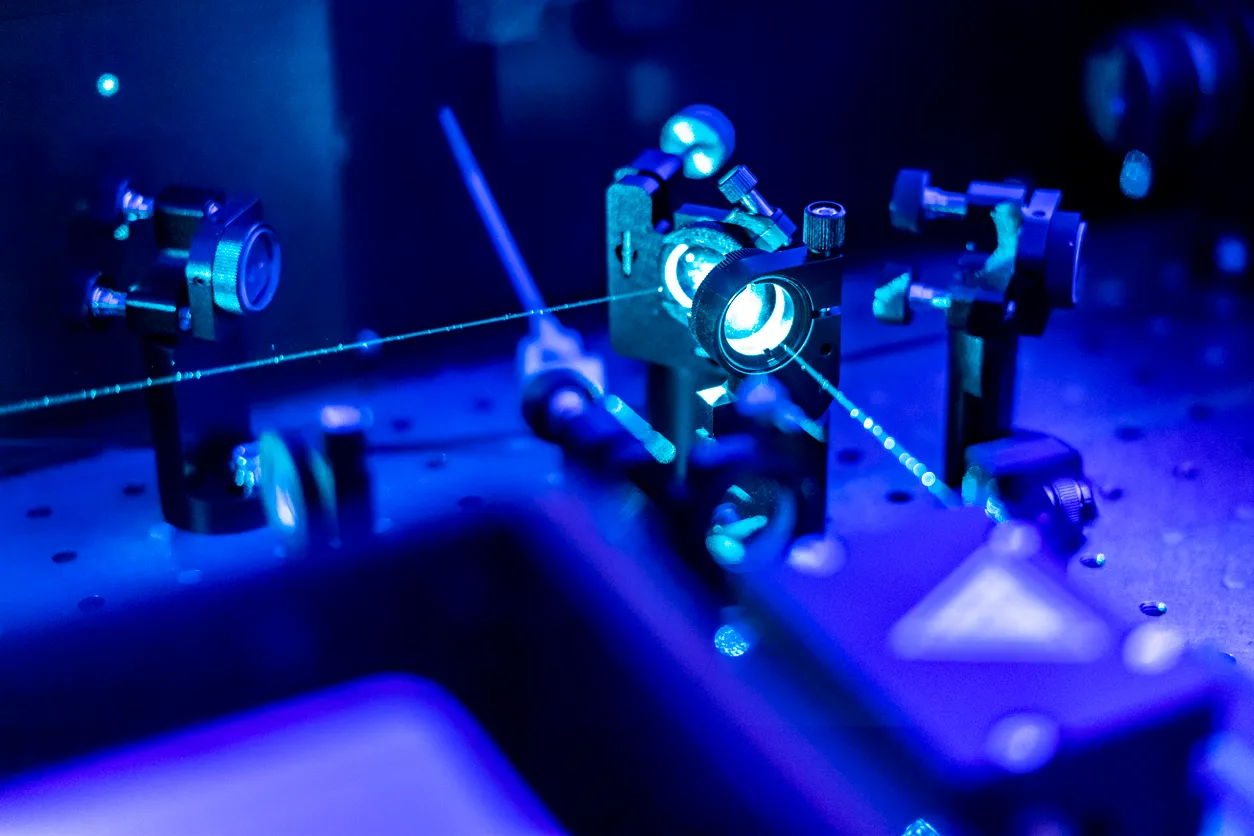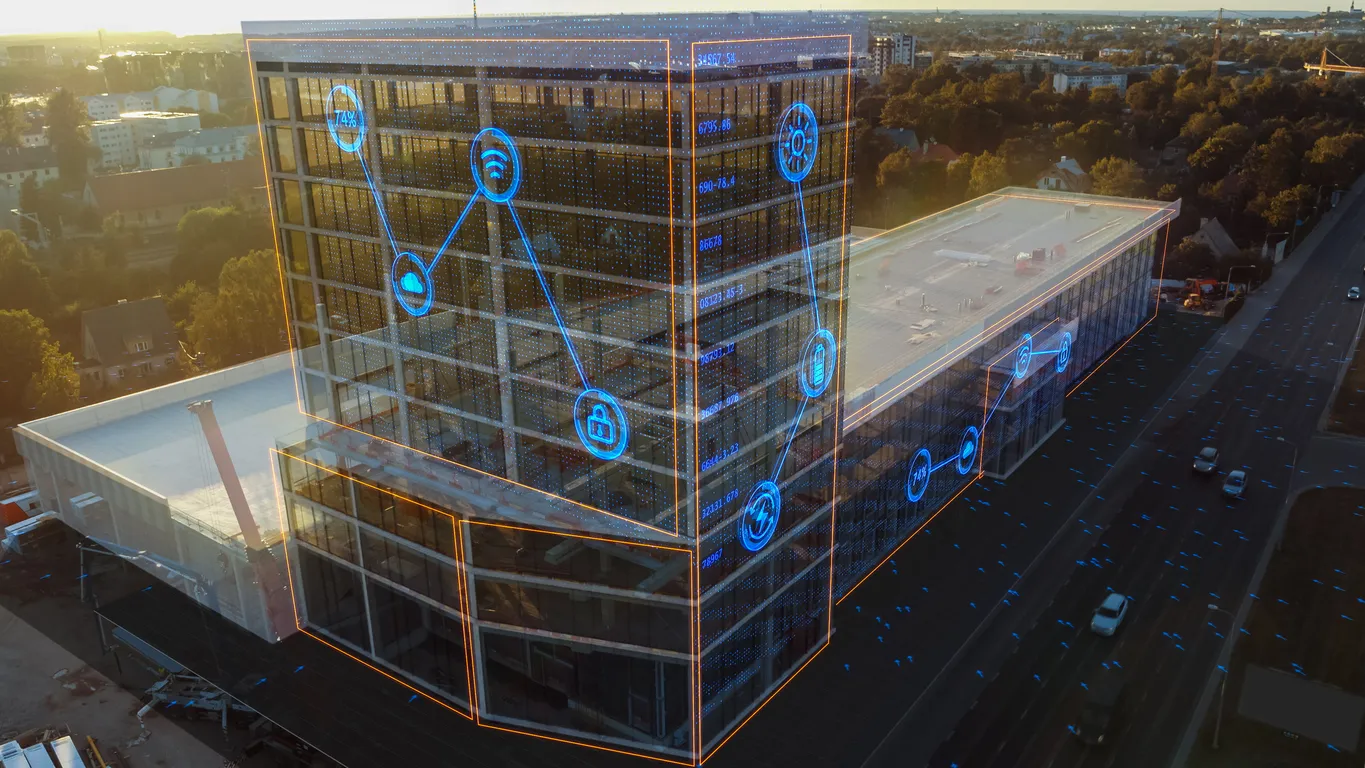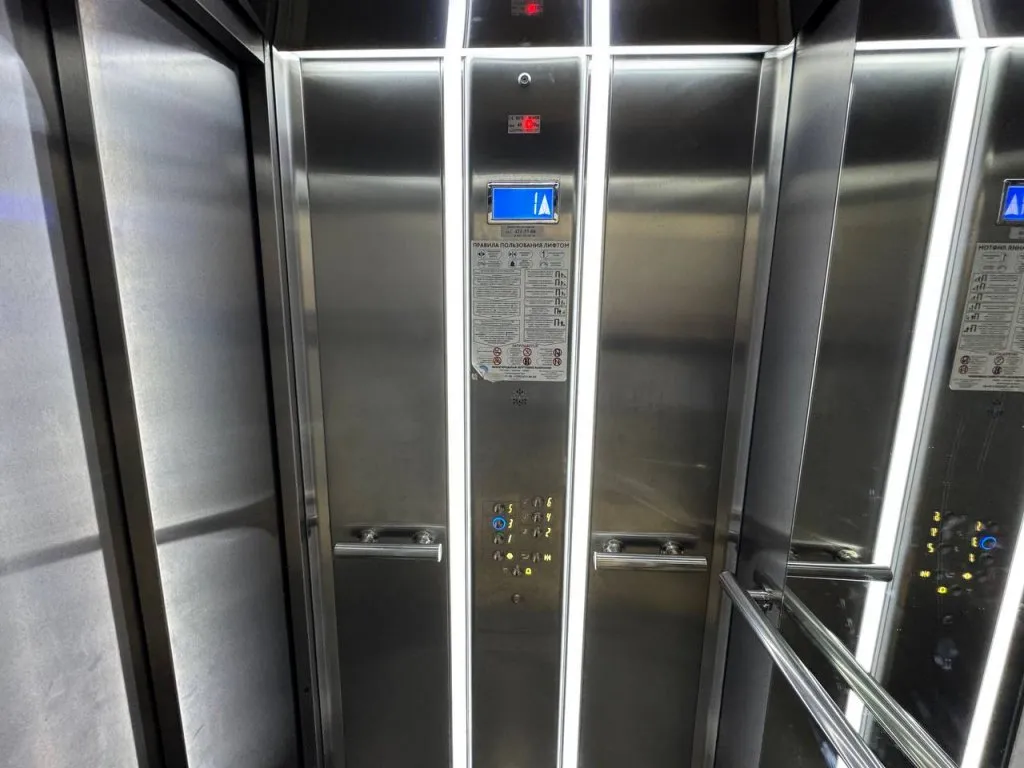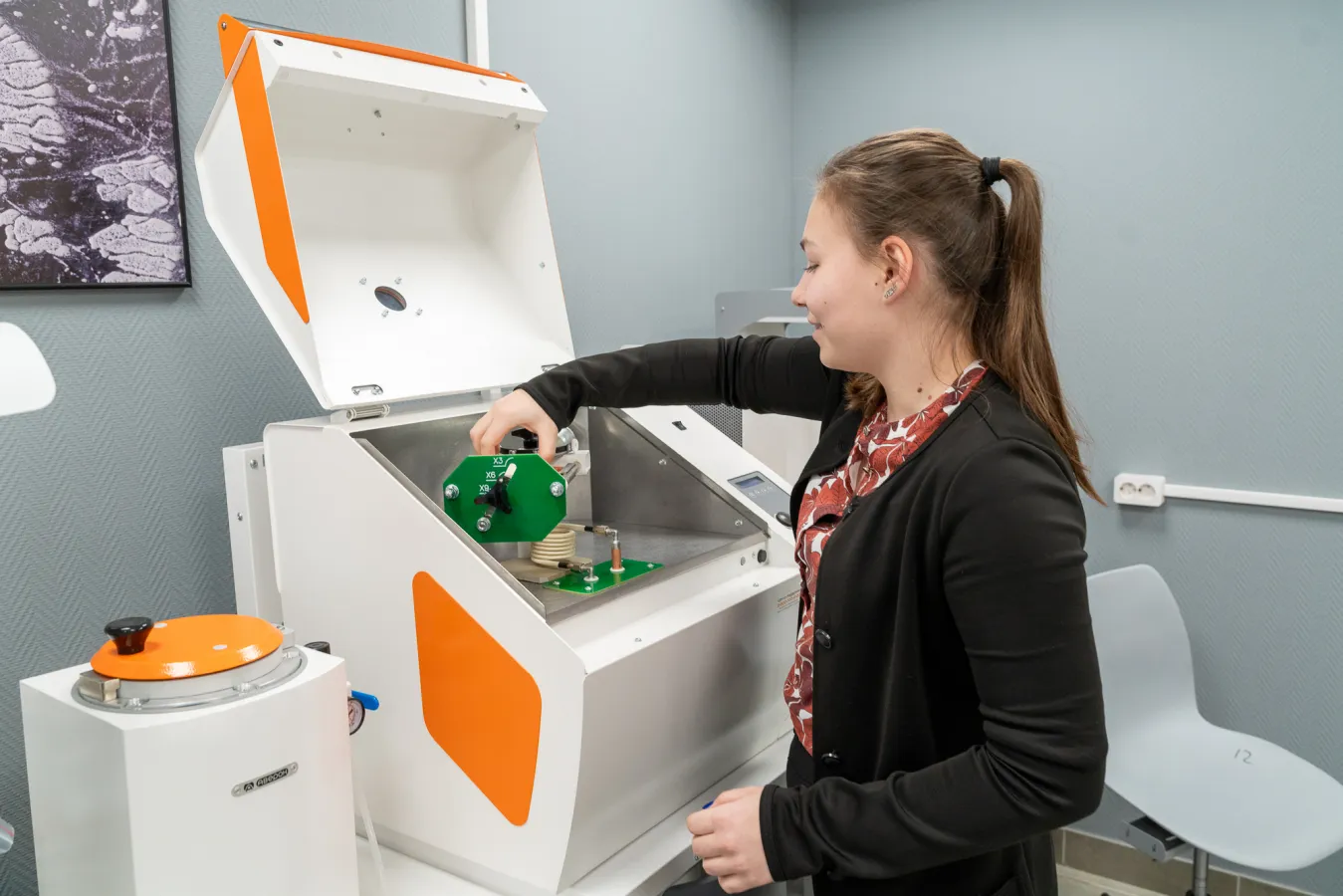Russia’s Arctic Hospitals Turn to Homegrown Digital Tech for Early Disease Detection
New diagnostic equipment in the country’s northern regions is helping doctors catch tuberculosis, cancer, and diabetes at their earliest stages.
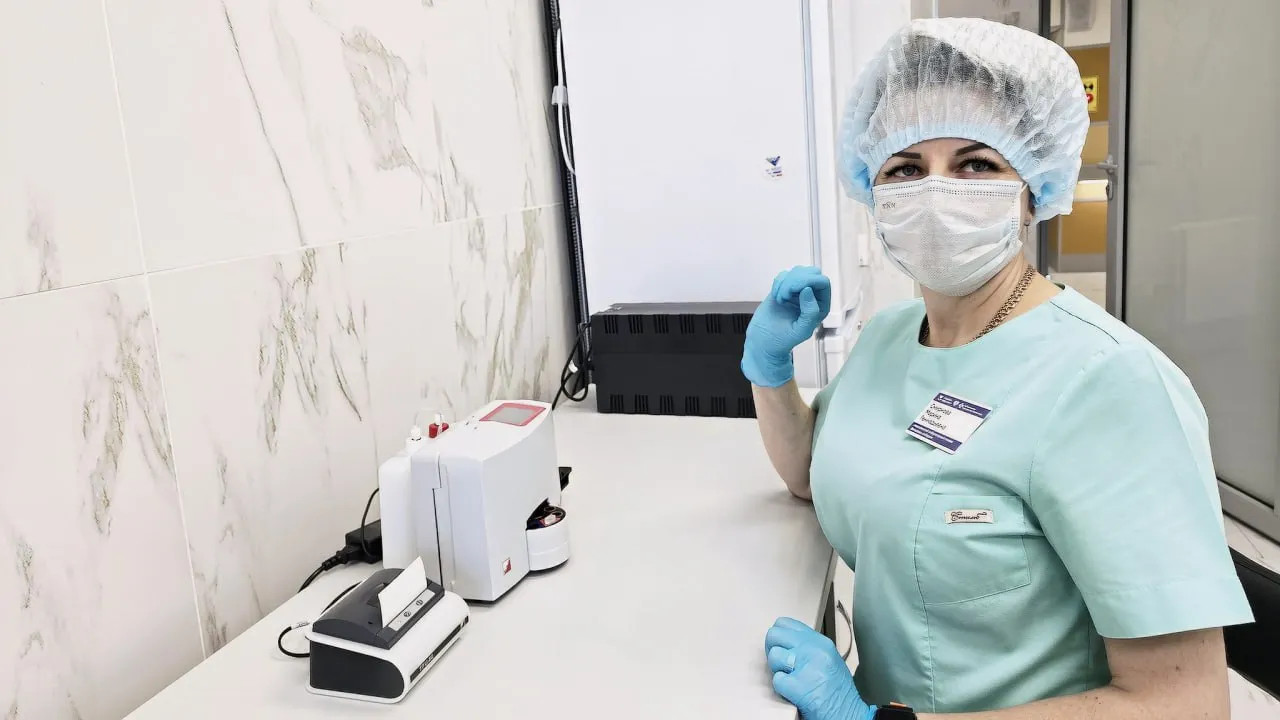
Hospitals in Russia’s Yamalo-Nenets Autonomous Okrug (YNAO) — one of the country’s northernmost regions — are now equipped with advanced digital medical devices made in Russia, part of a national effort to modernize healthcare infrastructure. The new systems have already proven effective in identifying dangerous diseases long before symptoms become severe.
According to the YNAO regional government, a digital fluorograph recently installed at the Noyabrsk Central Hospital has dramatically improved the detection of lung diseases. The system captures high-resolution chest images with minimal radiation exposure and includes built-in software that analyzes results for abnormalities. Within its first few days of use, the equipment helped doctors identify signs of tuberculosis in one patient and potential malignancies in several others.
Precision and Speed in the Far North
In the nearby city of Muravlenko, doctors are now using a new Elektron X-ray complex — a versatile system that produces highly detailed images while keeping radiation levels extremely low. The technology enables faster, safer diagnoses of internal pathologies and helps physicians plan effective treatment strategies.
Meanwhile, a modern blood glucose analyzer has been installed in the clinic of the village of Purpe, allowing for rapid and precise diabetes testing. The device delivers instant results, making it easier to monitor blood sugar levels and adjust care in real time.
These innovations reflect a broader shift in Russian medicine toward digital diagnostics and AI-based analysis. Earlier this year, researchers introduced an artificial intelligence system for early diagnosis of cerebral palsy and a neural diagnostic tool to study brain function — marking a new era of tech-driven preventive healthcare.









